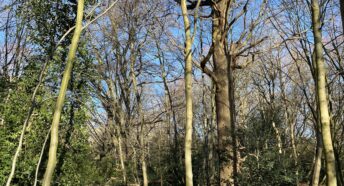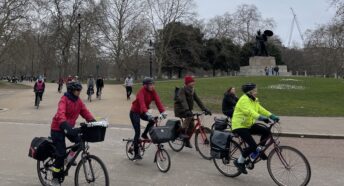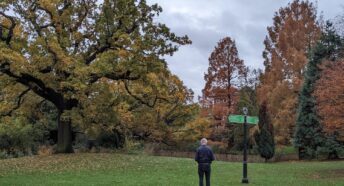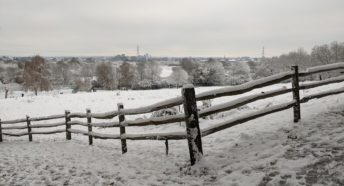Star Count 2021: measuring light pollution
Did you take part in this year’s #StarCount? Over 353 people submitted results for Greater London and, perhaps unsurprisingly, three quarters of these recorded fewer than 10 stars meaning they were experiencing ‘severe light pollution’. More positively, 13 people could see more than 30 stars – meaning they experienced truly dark skies. By taking action to tackle light pollution and protect and extend dark sky areas, more people would be able to experience dark skies in London – and wildlife would benefit as well.
Star-filled skies are one of the most magical sights our countryside has to offer. We believe that everyone should be able to enjoy the beauty of a dark and starlit sky wherever they live – including London! But the capital’s sky is so affected by light pollution that the opportunity to experience truly dark skies is denied to many.
CPRE’s Star Count is a cosmic census to map our view of the stars and celebrate the wonder of starry skies. It took place between 6-14 February and this year we asked everyone to take part from home.
The results will help CPRE create an interactive map of the night sky to help us understand London’s light pollution problem and encourage local councils can take action. Last year’s results highlight the fact that many Londoners experience high levels of light pollution that prohibits a cosmic view of the natural night.
This year we’re delighted to be partnering with Dark Sky London to raise awareness of the problem of light pollution in London and promote action to reduce it.
Our manifesto to reduce light pollution and rediscover the night will be launched during International Dark Sky week 5-12th April 2021.
CPRE London in partnership with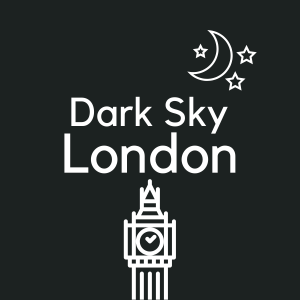
You can join the Dark Sky London community here.




